
The appearance of the samurai has always attracted attention. The first thing that caught the eye was the outfit of the warriors and their weapons. Unlike other warriors, the samurai outfit was bright and varied in color. It was not just an outfit, but a work of art.
Despite its brightness and uniqueness, the samurai's armor was practical and had good protective features, and most importantly, it was fully adapted to the conditions under which the actual battle took place.
The Samurai's Weapon of War
If you look at historical pictures, all samurai are depicted with two swords at their belts. These are the short wakizashi sword and the long katana. From this, one might conclude that the samurai were melee warriors who fought only with swords. However, this is in fact the case.
The swords in question were rarely used and served more as a sign of status confirmation. On the battlefield, things were different. In the hands of the samurai the first thing they had in their hands was a large bow. They were very good mounted archers.

The ability to shoot with a bow was very important for every warrior. But the samurai did not have metal shields. Instead there was a large wooden tate shield, which was worn on the battlefield by the servants of the samurai. Their main task was to use this shield to protect their master during firing.
If it was hand-to-hand combat, the samurai carried yari spears, iron clubs, and kanabo sticks. In addition he could use blades and sickles on chains as well as the sword nodachi. It was a long, slightly curved sword. But the katana sword the samurai preferred to keep in a more secure place, as an object of his status.
A separate element of the weapon was the combat fan, used in hand-to-hand combat. At certain moments the fan served as a signal.
In general, samurai had a large number of swords, which differed from each other in length, shape, and purpose. The most important are:
katana: the most basic;
tachi: the long sword;
Wakizashi: short sword;
tanto: shaped like a dagger;
naginata: a sword with a long hilt.

All samurai swords were believed to be very strong and very sharp, never breaking. According to ancient myths, with one swing such a sword could split into two halves another sword or silk handkerchief. However, researchers argue that the sharpness and strength of the samurai sword is exaggerated. In addition, they all had a special magical power.
Firearms in the hands of a samurai
Despite the appearance of firearms, the real samurai did not perceive or use them in practice. A true samurai followed the principle that it was necessary to fight the enemy only with swords, face to face. And if the enemy shot, the samurai would accept death with courage, or due to his skill would repel the bullet with a katana.
In the late 16th century, however, the trend changed dramatically. The Japanese were so keen on firearms that they created a special military corps with a large number of warriors.
How the samurai were dressed: the outfit
The process of dressing the samurai was not easy enough and took a lot of time, physical strength. The process itself was carried out in several stages, which took place in a certain sequence. It began as follows:
First, a fundoshi loincloth was put on the naked body. It was of different shapes: short or long. Then a long shitagi shirt was put on top of it;
A very long obi belt was worn on top of the shirt. The samurai wrapped it twice around his body and made sure to tie a big knot in the front;
Then the wide hakama pants were put on.
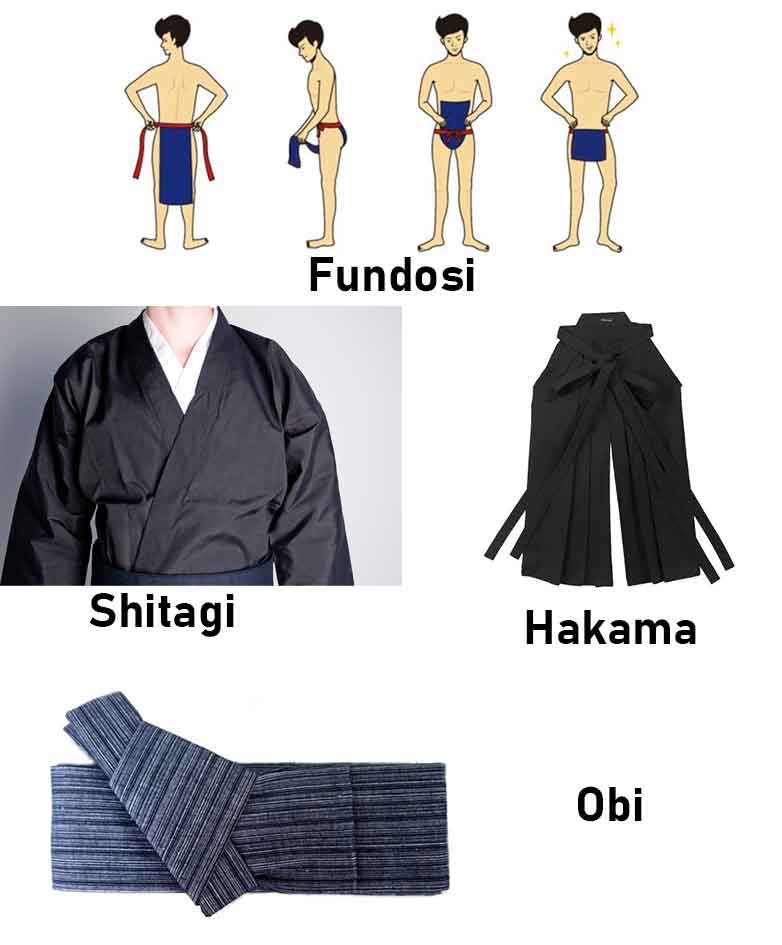
The finishing touches were yugake armored gloves, a wide brocade jacket with sleeves, and suneate leggings. Such shoes were decorated with bear fur. After that, the warrior had only to put a vaidagere plate on himself and secure everything on himself well. If a samurai did not plan to protect his face with a mask, then he tied on a nudo nashnik, which covered his chest well.
A large helmet was placed on his head.
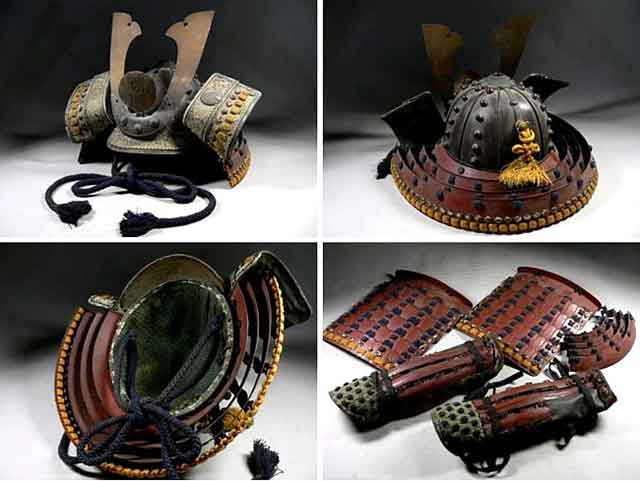
Peculiarities of weapon mounting
A key sign of samurai dignity was the colored wa-obi belt, behind which warriors carried daggers and swords. As a rule, a short wakizashi sword and a tanto dagger were hidden behind the belt. Then a tachi sword was tied to the belt with a silk cord. This was a special sword for each samurai. It was second in importance after the bow.
As for the sword with arrows, it was also fastened to the same belt. The bow was secured with a silk cord.
Samurai Makeup
A special attention was also paid to the application of a protective mask on the face. The samurai's face mask was also a special focus for the samurai's face.
So it took a long time for a samurai to put on his armor. That is why, not surprisingly, the warrior did not do without help. Everyone could take part in the process: servants, relatives, and even his wife. The warrior himself was not able to put on all his equipment by himself. The whole process was even like a show. That's why when comparing the armor of samurai and European warriors, the latter greatly benefited in their practicality.
See also
-
Sojutsu - The Art of the Spear
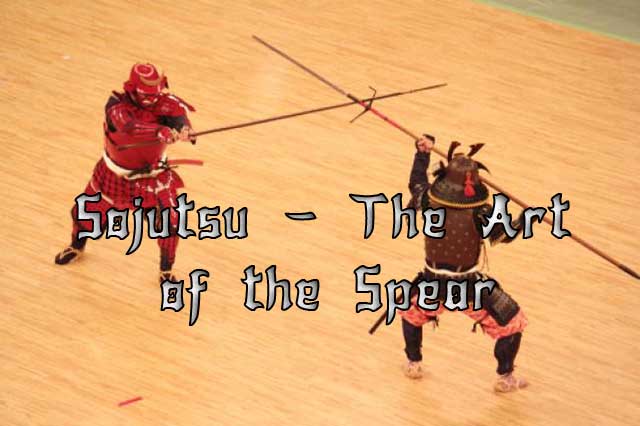
Sojutsu is a traditional Japanese martial art dedicated to the mastery of the yari spear. It is considered the second most important martial art of medieval Japan after swordsmanship.
-
Yari
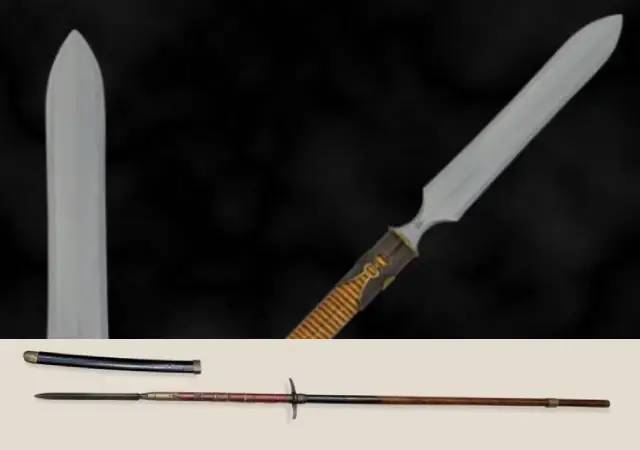
Yari is one of the traditional Japanese cold weapons (nihonto), which is a spear with a straight tip. The art of wielding a yari is known as sojutsu, a spear fighting technique.
-
Wakizashi and tanto

In the history of Japanese edged weapons there are objects that border between the concepts of “sword” and “knife”. This is especially true of the wakizashi, a short sword traditionally carried by samurai along with the katana, and the tanto, a combat knife popular among a wide range of social classes. Both items were worn behind the belt, had a short blade, and were used in close combat. However, there is a fundamental difference between the two, and it goes far beyond simple blade length.
-
Katana and Tachi
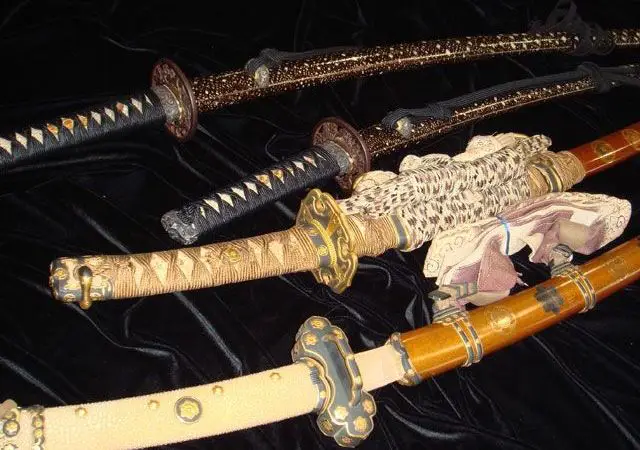
When Westerners think of Japanese swords, they often picture the iconic curved blades like the katana. However, in terms of historical precedence and prestige, it would be more accurate to reverse this image—the tachi predates the katana and traditionally held a higher status.
-
Daisho: The Origins and Evolution of the Samurai Sword Pair
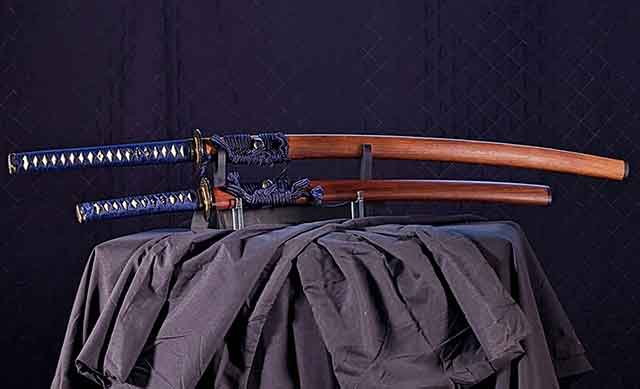
The term "daisho" finds its roots in the combination of two Japanese words: "daito," denoting a long sword, and "shoto," signifying a short sword. The combination of the words daito and shoto made the word. Daisho referred to the practice of wearing both a long and short katana together, regardless of their matching characteristics. While the classic depiction of daisho involves a katana and wakizashi (or tanto) in matching koshirae, any pairing of a longer sword with a tanto can also be considered a daisho. It later came to mean two swords with coordinated fittings. While having blades from the same swordsmith was an option, it was not a requirement for a pair to be classified as a daisho, as this would have been a more costly choice for a samurai.
-
Tanto
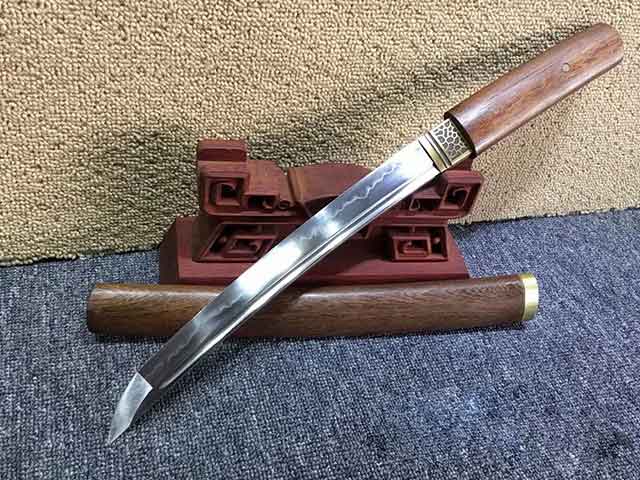
The Tanto knife is a traditional Japanese dagger that was once an integral part of the samurai warrior’s arsenal. It is known for its unique shape and cutting ability, and it is still revered by many martial artists and knife enthusiasts today.
-
Tachi
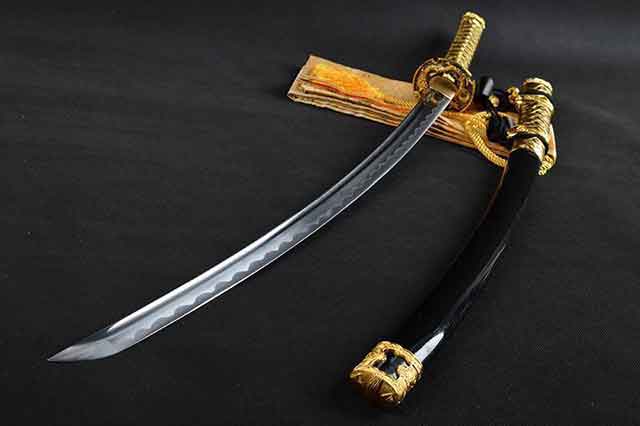
The samurai sword known as Tachi is one of the most iconic weapons in Japanese history. Its unique design and construction made it a popular choice among samurai warriors, and it played a significant role in many battles throughout Japan's history.
-
Nagitana
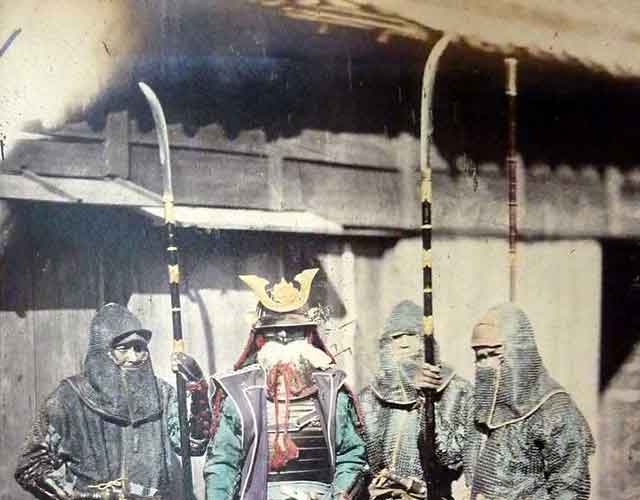
The Nagitana is a formidable weapon that was used by the samurai during feudal Japan. It was a polearm that combined the elements of a spear and a sword, making it a versatile weapon that was effective both at long range and in close combat. In this article, we will explore the history, construction, characteristics, and usage of the Nagitana.

